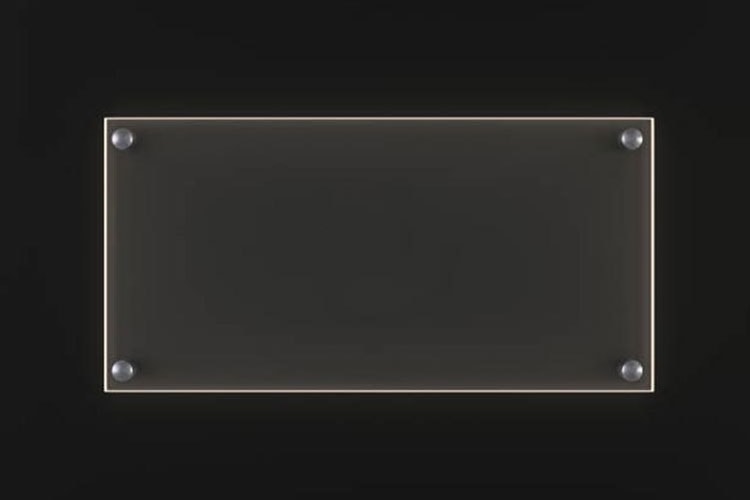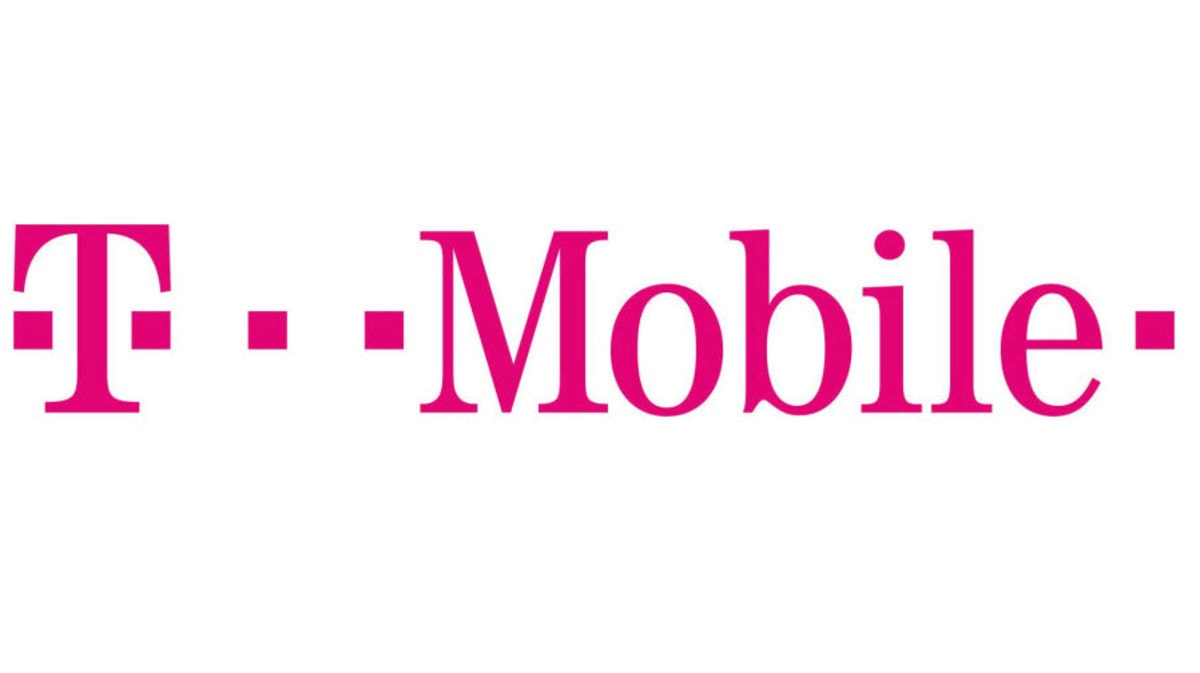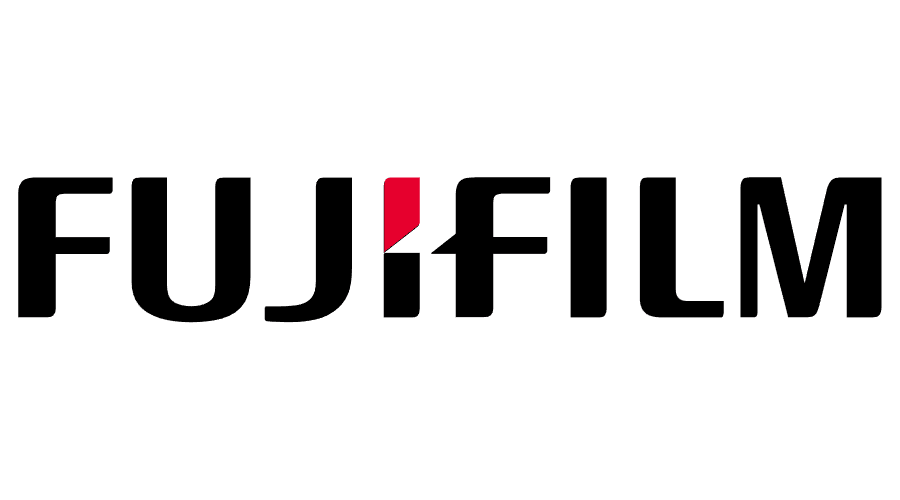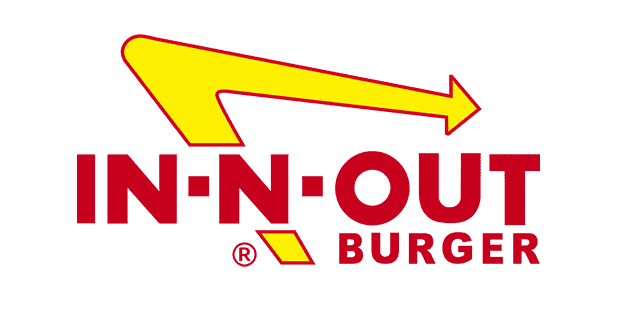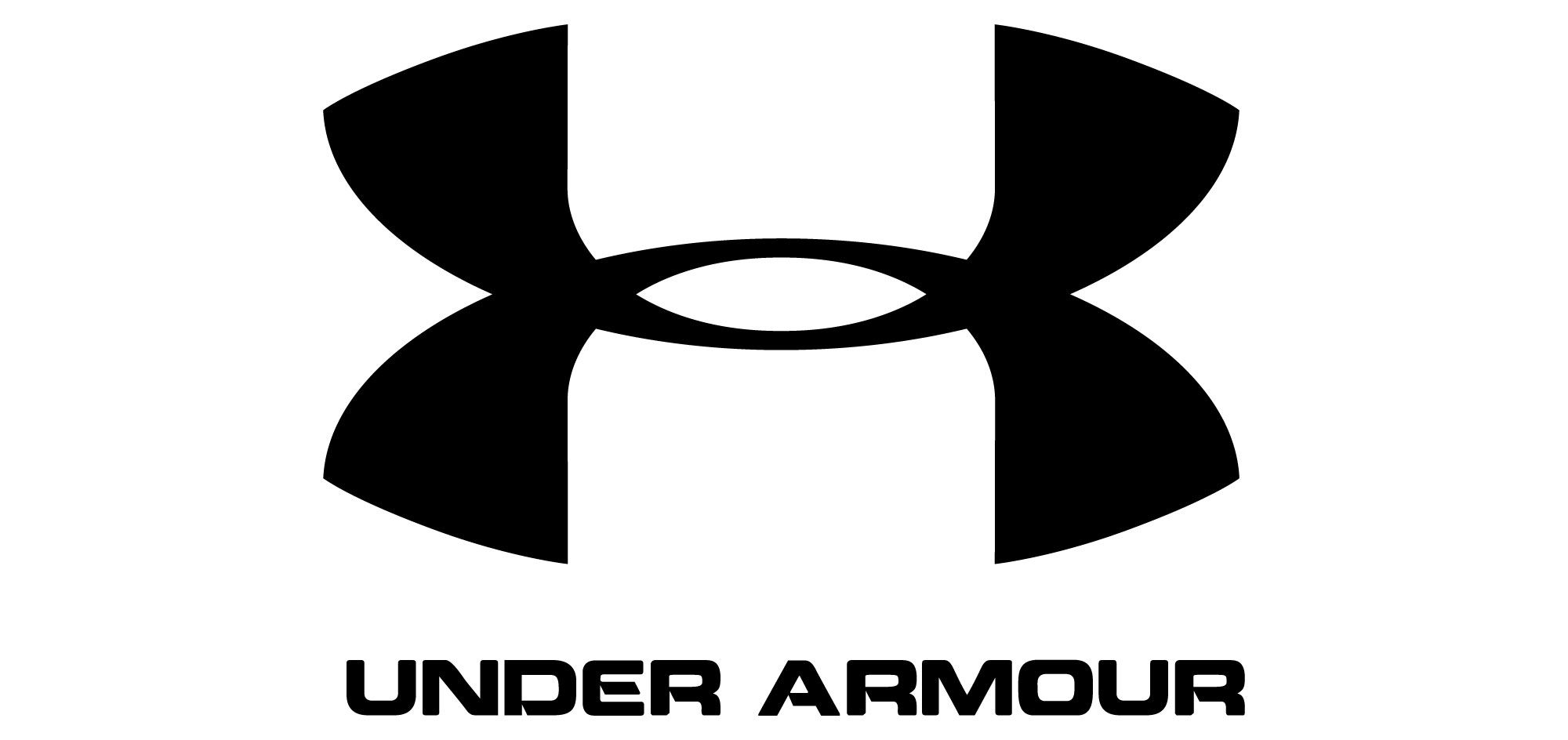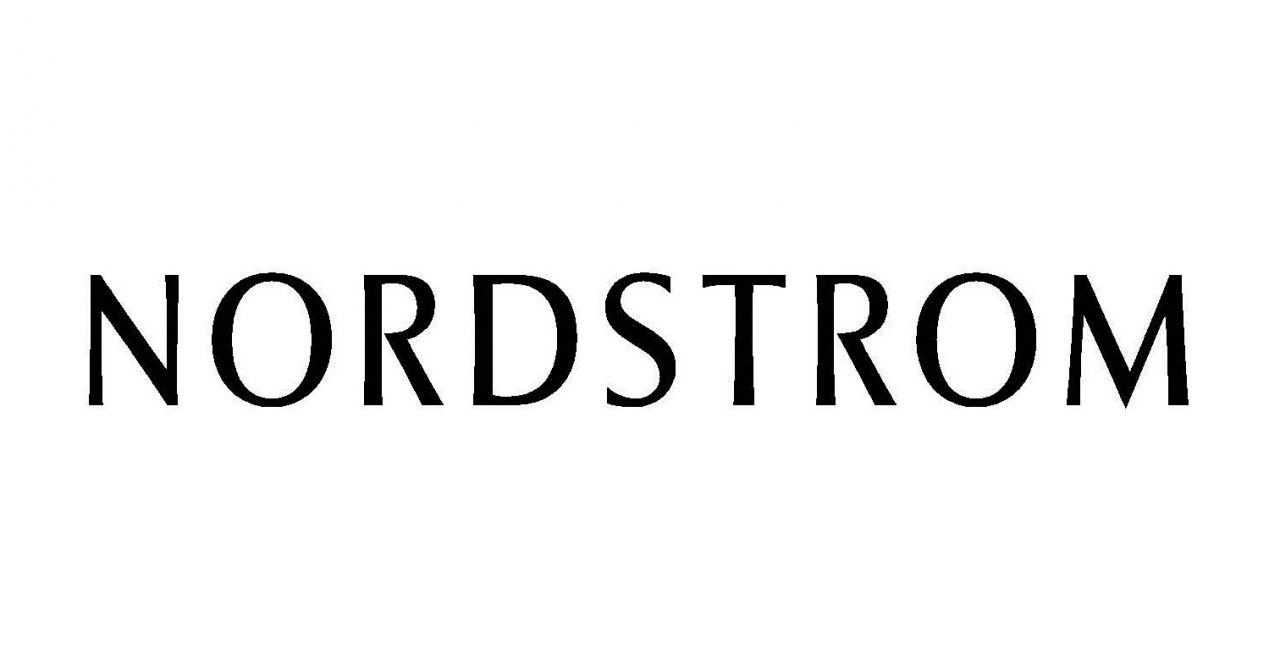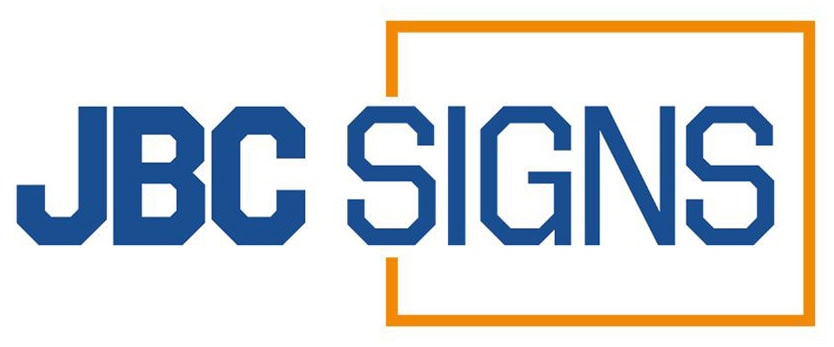Key Takeaways:
- Match Your Signage to Your Location: Selecting outdoor signs that suit your business’s environment is crucial. Consider factors like weather conditions, foot traffic, and visibility to ensure your signage remains durable and impactful in Oswego’s varied climate.
- Choose Materials Built to Last: Use weather-resistant materials such as acrylic or metal for your outdoor signs. These options provide durability and maintain a professional appearance, even in harsh conditions, ensuring a reliable and long-lasting display.
- Ensure Visibility and Readability: Clear messaging is essential for effective signage. Incorporate bold fonts, high-contrast colors, and concise text to make your signs readable from a distance and engaging for potential customers.
- Pick Sign Holders That Complement Your Brand: The right sign holder enhances the overall presentation of your signage. Select designs and materials that align with your business’s branding to leave a lasting impression on customers.
- Consider Mobility and Flexibility: Portable and adjustable sign holders offer versatility for seasonal promotions and events. These options allow you to adapt to changing marketing needs while maintaining professional displays.
Any business should consider investing in sign holders. If executed right, signages, especially outdoor ones, can yield significant returns as it plays a critical role in advertising brick and mortar businesses.
You should consider several angles to make sure that you do outdoor signage right and one of those major considerations is the material of your sign itself.
But first, it’s important to understand how important outdoor signs really are for your business. Because of their visibility, these signages are a fundamental part of your brand’s face.
Quick Links:
- Check out our finest collection of Sign Holders!
- Explore our selection of Slatwall Sign Holders today!
- Buy our Curved Sign Holders to add a “WOW” factor in promoting your products!
- Shop for Curved Sign Holder with removable long standoff for your displays.
Outdoor signs and sign holders are incredibly versatile and can be used for different purposes and goals. They are used primarily to promote your business, products, and services, events, as well as increase brand awareness and recognition.
There are different types of outdoor signs, some of which can work indoors, but a lot of these are more effective when used outdoors. You also need to consider whether you intend to use a sign temporarily or permanently, or if you prefer a mobile one or not.
7 Factors in Choosing the Right Signage and Sign Holder
1. Location
Where you intend to place your signage is very crucial since it has to be able to direct your customer to where you want them to be, whether it’s an information point or a sales display.
When you determine where you want the sign to be, then you can consider other factors, such as the material to use.
For this instance, since you’re planning for outdoor signage, then you need to look at things accordingly. Exterior signs should be easy to spot from the pavement or road. It should be durable enough to withstand changeable and tough weather conditions. Your sign should be able to cope with the elements, so definitely you need something waterproof, at the very least.
You can use lighter materials, like an A-board or wooden sandwich board if your sign is going to be in a shopping mall or any place with a protected covered walkway.
2. Shape and Material
There’s more to signage shape than basic aesthetics. You can use shape to reinforce meaning—a circular sign usually signifies an order or a triangular sign is usually used for warnings.
Now if it’s for purely aesthetic purposes, you have to consider if a standard square or rectangle will work best and catch more attention compared to a circular one. You also need to choose between using soft, rounded corners or crisp, sharp lines.
Just keep in mind that signs with sharp corners can become a hazard depending on the sign’s location.
When it comes to material, there are several that are best for outdoor signage. These include aluminum, acrylic, Dibond, alumalite, vinyl, coroplast, and polyvinyl chloride (PVC). For added flexibility and durability, wall mounted sign holders are a great option, providing both protection and enhanced visibility for your signage in outdoor environments.
3. Size
Size totally matters when it comes to signage, especially outdoor ones. You want your sign to be big and bold enough to catch the eye of those in quick-moving traffic and passers-by.
But again, this depends on the location. If your sign is going to be placed near other big signs, it can have a messy effect, which can overwhelm those who look at them. The signs can actually cancel each other out.
Your sign should be able to emphasize your message, not overpower it. For all types of information, a frameless acrylic sign holder is a great option for table-tops and counters.
4. Colour
Colour is a very powerful way to convey meaning so using colored frames is a great tool in reinforcing your message.
There are the classic colors of red, green, and yellow, which signify danger, information, and warning, respectively. Or it could be seasonal—orange is used for autumn while gold and red are used for Christmas displays.
5. Cleaning and Maintenance
Not all outdoor signs and sign holders can be mounted and then left alone. At some point, your signage will need some cleaning.
The build-up of daily dirt can obscure the surface of your sign. A dust storm can leave your sign in dust and debris.
If you’re unlucky enough to get your sign vandalized, then you will definitely have to get it cleaned or repaired. This is why it’s important to go for materials that are easy to clean and maintain.
6. Cost
Obviously, higher quality materials will cost you more. If budget is not an issue, getting the highest material quality is best since it will prove beneficial in the long run in terms of maintenance.
But if you’re like most businesses, you will have to strike a balance between quality and a cost-effective solution.
7. Lifespan
High-quality material is great, but it may not be necessary if you intend your sign to be just a temporary thing and you will eventually take it down after a certain period, maybe after events or seasons.
But if you intend to have a sign that can last as long as possible, then going for a high-quality one, along with clear sign holders, is a no-brainer.
Tips on Protecting Your Outdoor Signs
Choosing the right material is just the first step in making your outdoor signage last longer. There are extra steps you should do in order to protect your investment, especially if your sign is located in harsh climates.
- Put awnings over your signs to serve as shelter from the sun, rain, and other elements. If possible, install the sign in more protected spots, where your sign will be in the shade for the better part of the day.
- Figure out which direction the wind and rain blow in the location of your signage and then you can mount your sign where it will be less vulnerable
- If you’re using digital and electronic signs, you might want to invest in cooling systems for better protection
- Have your signs done in treatments or finishes that can seal and protect your signs better.
Find the Right Sign Holders for Your Business
Once you have figured out how you want your outdoor signage to turn out, then the next step is to find a sign and holder company that can execute your requirements.
For durable and reliable sign holders, we are the best company for the job. For display and sign holders that are totally worth your investment, contact us at Displays & Holders today!
Learn More:
- 4 Best Practices for Sign Holders in Schools
- What Type of Plastic Sign Holder is Best for Long-Term Use?
- 11 Strategies for Outdoor Brochure Holders
- How to Use Acrylic Sign Holders for Public Safety Information Displays
- Thickness of Material for Sign Holders: Does it Matter?
FAQs
1. What factors should I consider when choosing outdoor signs for my business?
When choosing outdoor signs, focus on durability, visibility, and branding. Opt for materials that can withstand weather conditions like rain, heat, or snow. The design should incorporate bold colors and easy-to-read fonts to attract attention. Finally, ensure the sign reflects your brand’s identity while remaining clear and professional.
2. What materials work best for outdoor signs and sign holders?
Weather-resistant materials like aluminum, acrylic, and PVC are ideal for outdoor signs and holders. Aluminum is lightweight and rust-proof, while acrylic offers a sleek, professional appearance. PVC is cost-effective and highly durable. Selecting the right material ensures your signage maintains its quality despite constant exposure to the elements.
3. How can I make my outdoor signs more noticeable?
To increase visibility, use high-contrast color combinations and large, legible fonts. Adding lighting, such as LEDs or backlit designs, enhances visibility at night or in low-light conditions. Placement is also key—install signs at eye level in high-traffic areas to draw maximum attention from passersby.
4. Are custom sign holders a good investment for outdoor use?
Yes, custom sign holders ensure your signs are displayed securely and align with your branding. They can be tailored to fit any shape or size, providing a polished, professional look. High-quality custom holders also add durability, protecting your signs from wind, rain, and other outdoor challenges.
5. What are the benefits of using outdoor signs for businesses?
Outdoor signs increase brand visibility and act as round-the-clock advertising for your business. They help attract foot traffic, guide customers to your location, and create a strong first impression. By displaying essential information clearly, they also enhance customer engagement and boost sales potential.

